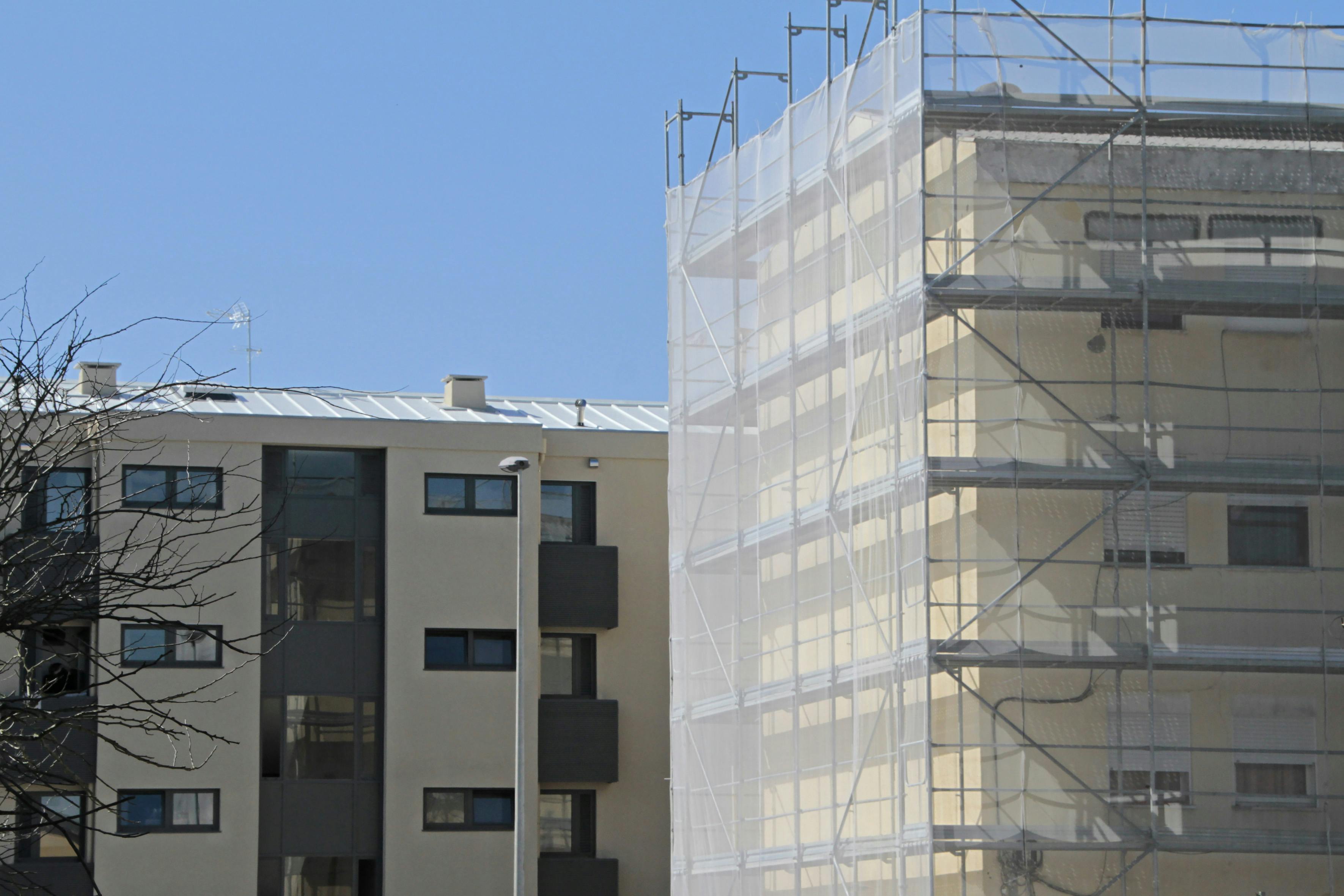January 2023
Case Study #02 – MH, EM

Why this case?
Data for Asset Management
The aim of Case Study #02 is to understand, using the CH Custóias intervention, which elements and data are relevant for Asset Management.
Building capacity for more efficient and digital management of existing built stock is a decisive factor for the construction sector, and especially for the organisations that must manage these buildings.
Training modern asset management logic is an essential part of the digital transition process, enabling Digital Twins at a building scale implementation.
Case Details
MatosinhosHabit, EM
- Project
CH de Custóias
- Location
Matosinhos
- Owner
MatosinhosHabit, EM
- Intervention
Complete Renovation
- Number of houses
58 (after renovation)
Overview
The different steps of the project
All case studies follow the same structure and similar approach setting the background for guidelines, innovative processes, or sustainability goals disclosure.
Case Study #02 is based on existing asset management information and processes, tailoring them to promote more efficient, predictive management adapted to the requirements of the Digital Building Logbook and Digital Twins at building scale (Twin Transition).
- 01
Case History
This case study aims to assess the information needs for asset management and evaluate the ability of implementing COBie methodology to boost more efficient and predictive management. In addition, the aim is to empower the transition to more modern asset management systems.
- 02
Case Plan
The case study is designed to provide decision support in adopting COBie methodology as the basis for hierarchical and cadastral organisation, identifying levels of detail and relevant data.
- 03
Case Development
Based on existing cadastral elements and references for asset management already in use within the organisation and internationally, data was systematised from the highest levels of the hierarchical cadastral structure down to the lowest levels. For example, at the space level, a nomenclature that has been widely implemented in UK and that is articulated with the projects developed under the BIM guidelines (ISO 19650).
- 04
Case Outcomes
The basic premise of efficient asset management is the existence of a registration system that enables other systems. COBie establishes an information structure and hierarchy to help with this definition or the necessary adjustments.
A refurbishment project should endeavour to use these elements. The possibility of creating or generating a 3D model from an existing building (Case Study #03), linked to a Product Catalogue based on Digital Product Passports, will allow the relevant information to be combined to form part of the DBL - Digital Building Logbook and interact with asset management systems to boost efficient maintenance management.
To deploy Digital Twin in buildings, these systems should have bi-directional communication, synchronising all relevant information between the physical twin and the digital one.







